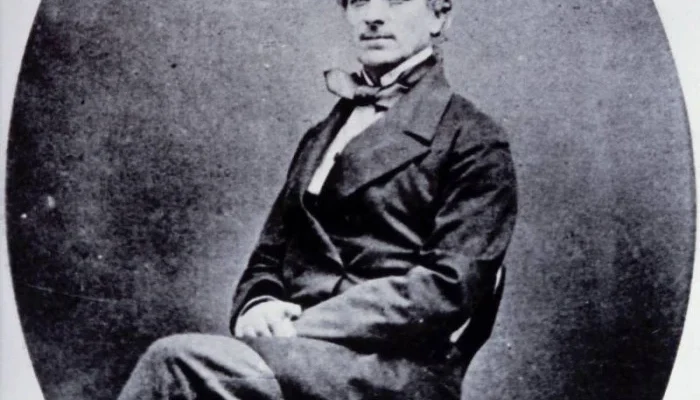Who was the first to invent the syringe ?
Francis Rynd (1801-61) was a surgeon at Meath Hospital, Dublin, Ireland, which has now merged into Tallaght Hospital. This place is known as a renowned center for medical training and research. Many important innovations and inventions, such as the syringe, have originated from there.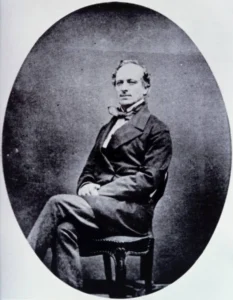
Francis Rynd
At that time, Dr. Rynd was treating a woman who had endured severe facial pain for many years due to neuralgia. She had tried drinking morphine solution for pain relief but without success. Dr. Rynd decided to try injecting the morphine solution directly under the skin, near her facial nerve. He designed the first hypodermic needle and, on June 3, 1844, performed the world’s first subcutaneous injection, providing his patient with a highly effective local anesthetic.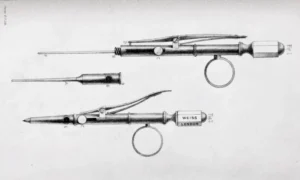
Dr. Rynd’s initial syringe was made from two medical instruments: a small catheter and a device called a trocar. Using the trocar, he pierced the woman’s facial skin, then allowed the morphine pain relief solution to flow through the catheter and penetrate under the skin. He later shared that his patient slept well for the first time in months. Dr. Rynd’s invention quickly became widely used to treat pain and was considered a great innovation in the medical field. In Rynd’s design, the injected substance simply flowed slowly out of the catheter due to gravity. However, in 1853, the piston syringe was invented, allowing doctors to inject solutions faster and directly into veins. It also enabled quick blood sampling for diagnostic tests. Dr. Rynd subsequently became a significant figure in Irish medicine.
The innovation journey of the syringe
What set this syringe apart from previous types was its ability to inject a measured small amount into an area without creating a cut or incision on the skin beforehand. The glass sides of Alexander Wood’s syringe allowed doctors to easily see the dosage and control the amount of medicine being injected. The design of the syringe has not changed much since it was improved with the addition of measurement markings. Depending on their purpose, syringes are made from various materials. Previously, syringes were made of metal and glass, which allowed them to be easily cleaned and reused. Before the invention of antiseptics, this practice was one of the causes of the spread of certain diseases. However, after the importance of sterilizing medical instruments was discovered, needles and syringes were sterilized after each use. Most syringes today are made of single-use plastic with stainless steel needles. This ensures that each use of the syringe is safe and free from cross-contamination.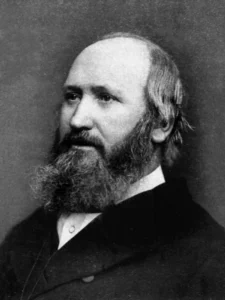
Alexander Wood
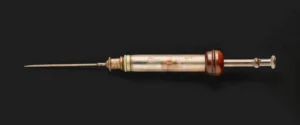
The glass syringe was created by Dr.Alexander Wood

Pravar Syringe
While plastic syringes are designed for single use, in some cases of material shortages, plastic syringes are reused. This can spread diseases, particularly Hepatitis B and HIV. In the late 1990s, syringes were designed with a piston that, once pushed down, could not be pulled back up. This design ensures that they can only be used once. These syringes were invented to combat the spread of diseases through the reuse of needles.
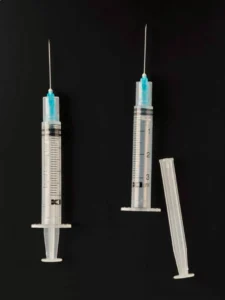
Plastic syringe

